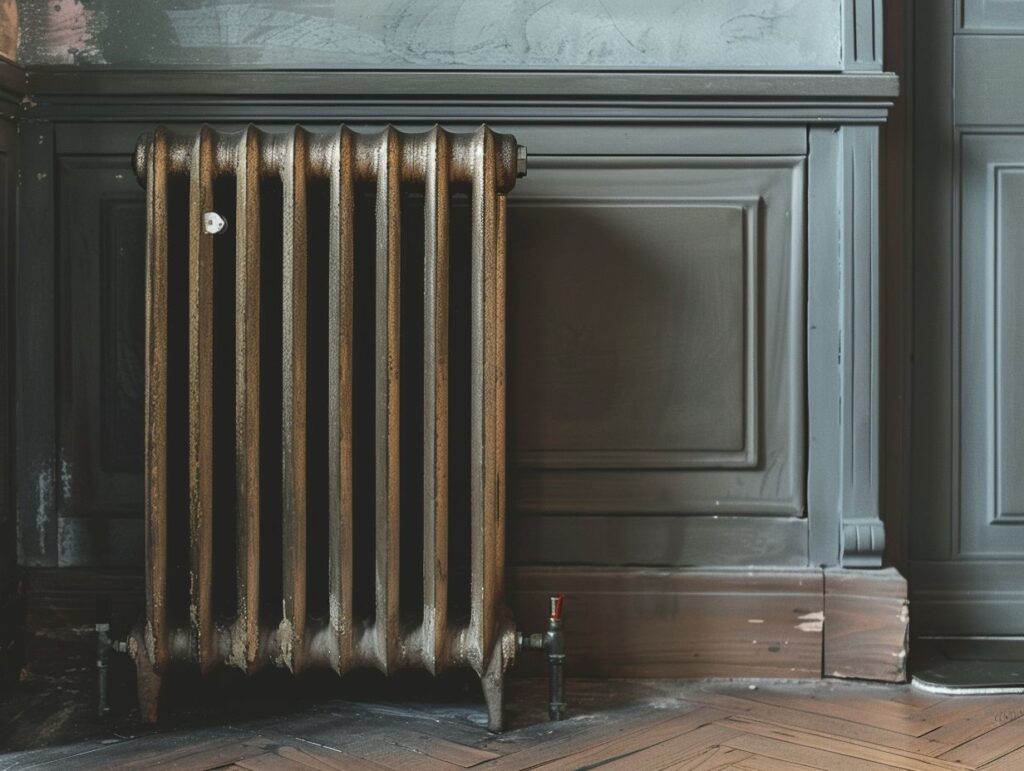Are you uncertain about how to adjust the radiator valves in your living room? We will outline the various types of radiator valves, offer detailed step-by-step instructions on how to manipulate them, and assist you in identifying the correct direction for optimal efficiency.
Be sure to keep an eye out for valuable tips on maintaining and optimising your radiator valves to create a cosy and comfortable living environment.
Key Takeaways:
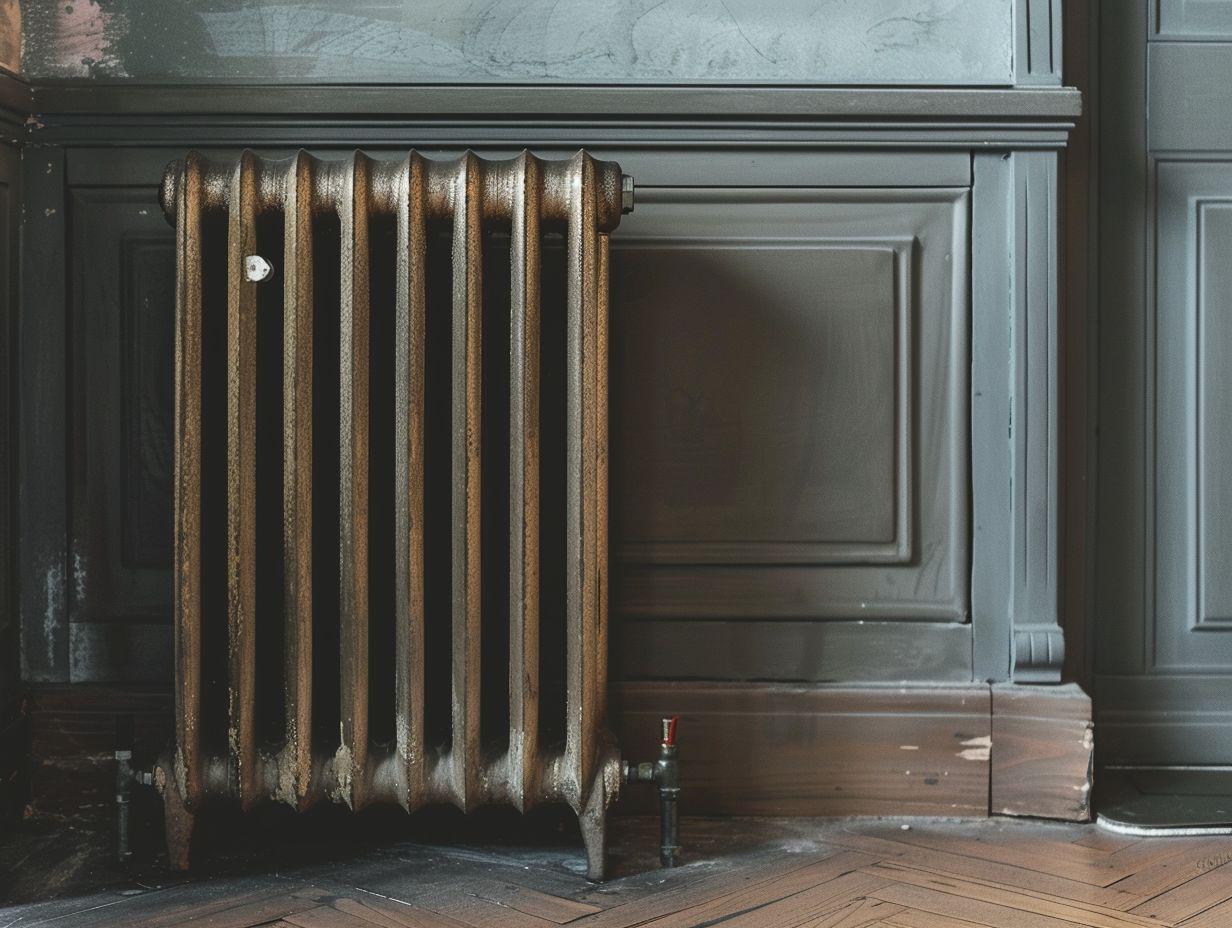
- Knowing the type of radiator valve in your living room is crucial in determining the direction to turn it for optimal heating.
- To turn a radiator valve, start by closing it fully in a clockwise direction, then open it to the desired position in a counterclockwise direction.
- Regularly turning your living room radiator valve clockwise and counterclockwise can help prevent it from getting stuck and ensure efficient heating throughout your home.
Understanding Radiator Valves
Understanding radiator valves is essential for efficient heating control in your home. Radiator valves, including Thermostatic Radiator Valves (TRVs), play a crucial role in regulating the heat output of radiators in various rooms.
They allow you to adjust the temperature in specific spaces, offering personalised comfort. By enabling precise control of heat levels, these valves help maintain optimal room temperatures, preventing overheating and unnecessary energy consumption.
Effective heating control not only enhances comfort but also results in significant energy savings, reducing utility expenses and promoting sustainability. A well-maintained heating system with properly functioning radiator valves can enhance overall performance and longevity, ensuring consistent warmth while minimising environmental impact.
Types of Radiator Valves
Various types of radiator valves are available to you, such as manual valves that offer basic control over the heat output. Isolation valves can assist you in cutting off the flow of hot water to radiators, enabling maintenance or repairs.
Plus manual valves and isolation valves, thermostatic radiator valves (TRVs) can play a crucial role in regulating the temperature of individual radiators, providing opportunities for greater energy efficiency.
These valves have the ability to sense the room temperature and adjust the flow of hot water accordingly, helping you save on heating costs by only providing heat when necessary.
By managing the amount of heat radiated from each radiator, TRVs can assist you in maintaining a comfortable temperature in various rooms of a building while optimising the overall system’s performance.
How to Turn a Radiator Valve
Understanding how to adjust a radiator valve is crucial for maintaining optimal temperatures in different spaces. Properly managing radiator valves is key to regulating heat output and creating a comfortable indoor environment.
To begin, identify the valve on the radiator, typically located on the side or bottom. Utilise a radiator key or spanner to rotate the valve either to the left or right, depending on whether you wish to increase or decrease the heat.
Consistent upkeep of radiator valves is essential for effective heating control, enabling you to customise the temperature in each room individually. Don’t forget to shut off valves in infrequently used rooms to conserve energy and promote uniform heat distribution throughout your residence.
Step-by-Step Instructions
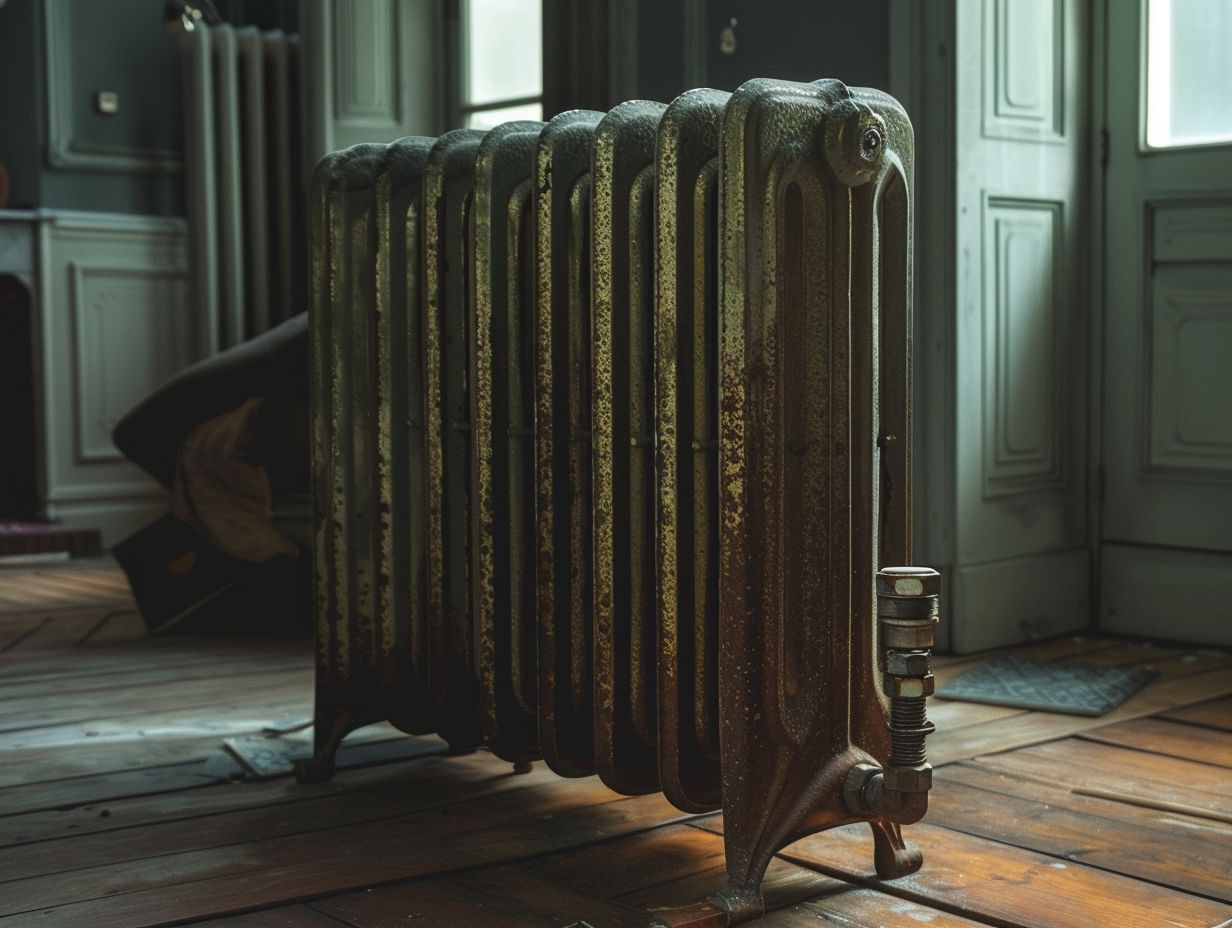
When turning a radiator valve, you should first locate the valve positioned at the base of the radiator. Make sure the heating system is operational, and then slowly rotate the valve clockwise to decrease the heat output. It is advisable to use a thermostat in the room to track any temperature changes.
By adjusting the valve, you can effectively manage the amount of heat dispersed by the radiator. By turning the valve clockwise, you are limiting the influx of hot water into the radiator, resulting in a reduction in room temperature. This process aids in regulating comfort levels within the space by allowing you to fine-tune the heating output according to your preferences.
Consequently, the radiator valve plays a vital role in preserving a cosy and pleasant environment in your home.
Which way to turn the valve?
Understanding the correct direction to turn a radiator valve is crucial for effective heat output control. By turning the valve in the appropriate direction, you can help maintain the desired room temperatures.
When you turn the radiator valve correctly, it regulates the flow of hot water into the radiator, affecting the amount of heat dispersed into the room. This, in turn, influences the overall temperature control in your living space.
Incorrectly adjusting the valve can result in inefficient heat distribution, leading to certain areas being either too cold or too hot. Proper manipulation of the radiator valve enables precise management of the heating system, ensuring optimal comfort and energy efficiency.
Determining the Correct Direction
When determining the correct direction to turn the valve, you should first consider the type of valve installed. For manual valves, turning clockwise typically decreases the heat output, while turning anticlockwise increases it.
As for thermostatic radiator valves, the direction of turning will depend on the room temperature set. Rotating the valve in the incorrect direction can result in discomfort in room temperature and unnecessary energy wastage. Inefficient heating control may lead to higher energy bills and unnecessary strain on the heating system.
Properly adjusting the valve not only helps in conserving energy but also ensures a comfortable room environment. It’s important to remember that even a small adjustment made in the correct direction can have a significant impact on both energy efficiency and heating effectiveness.
Tips for Turning Radiator Valves
Implement best practices when turning radiator valves to enhance heating efficiency and system performance. You should prioritise regular maintenance of valves to ensure optimal heat control in different rooms.
Turning radiator valves correctly is crucial for distributing heat evenly throughout a space. It is recommended to wait for the system to warm up before making adjustments to prevent sudden temperature changes. Taking the time to bleed air from the radiators can also contribute to maintaining the system’s efficiency.
Consider installing thermostatic radiator valves to achieve precise control over individual room temperatures, ultimately reducing energy wastage. By conducting routine checks to ensure all valves are functioning correctly, you can proactively prevent issues that may compromise the reliability of the heating system.
Best Practices for Maintenance and Efficiency
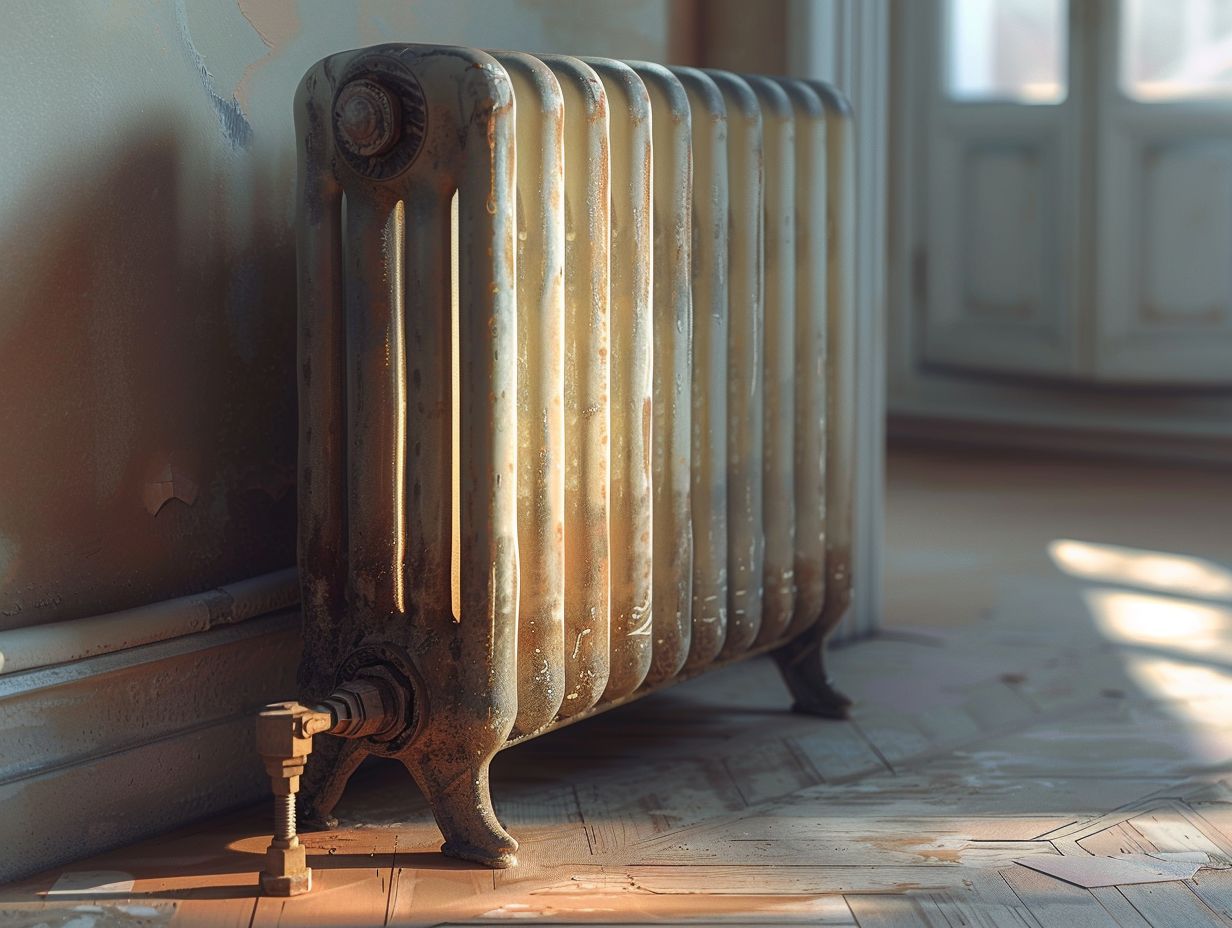
By adopting best practices for radiator valve maintenance and efficiency, you can achieve significant savings on energy bills and enhance the overall heating performance in your house.
Regularly checking and adjusting the thermostatic radiator valves (TRVs) in each room is crucial to ensure that your heating system operates optimally, thereby reducing energy wastage.
Properly functioning valves play a key role in maintaining a consistent room temperature, thus preventing overheating or underheating. This not only enhances comfort levels but also results in cost savings by avoiding unnecessary energy consumption.
Additionally, ensuring that the valves remain free from any obstructions or leaks can further contribute to energy efficiency and cost savings.
It is important to remember that small maintenance tasks can lead to significant benefits in terms of reducing heating bills and maximising energy usage.
Frequently Asked Questions
Which Way Do You Turn a Living Room Radiator Valve?
To turn on a living room radiator valve, you would turn it counterclockwise. This will open the valve and allow hot water to flow into the radiator.
How Do I Know If My Living Room Radiator Valve is Open or Closed?
The easiest way to check if your living room radiator valve is open or closed is to feel the radiator. If it is warm, then the valve is open. If it is cool, then the valve is closed.
What Happens If I Turn My Living Room Radiator Valve the Wrong Way?
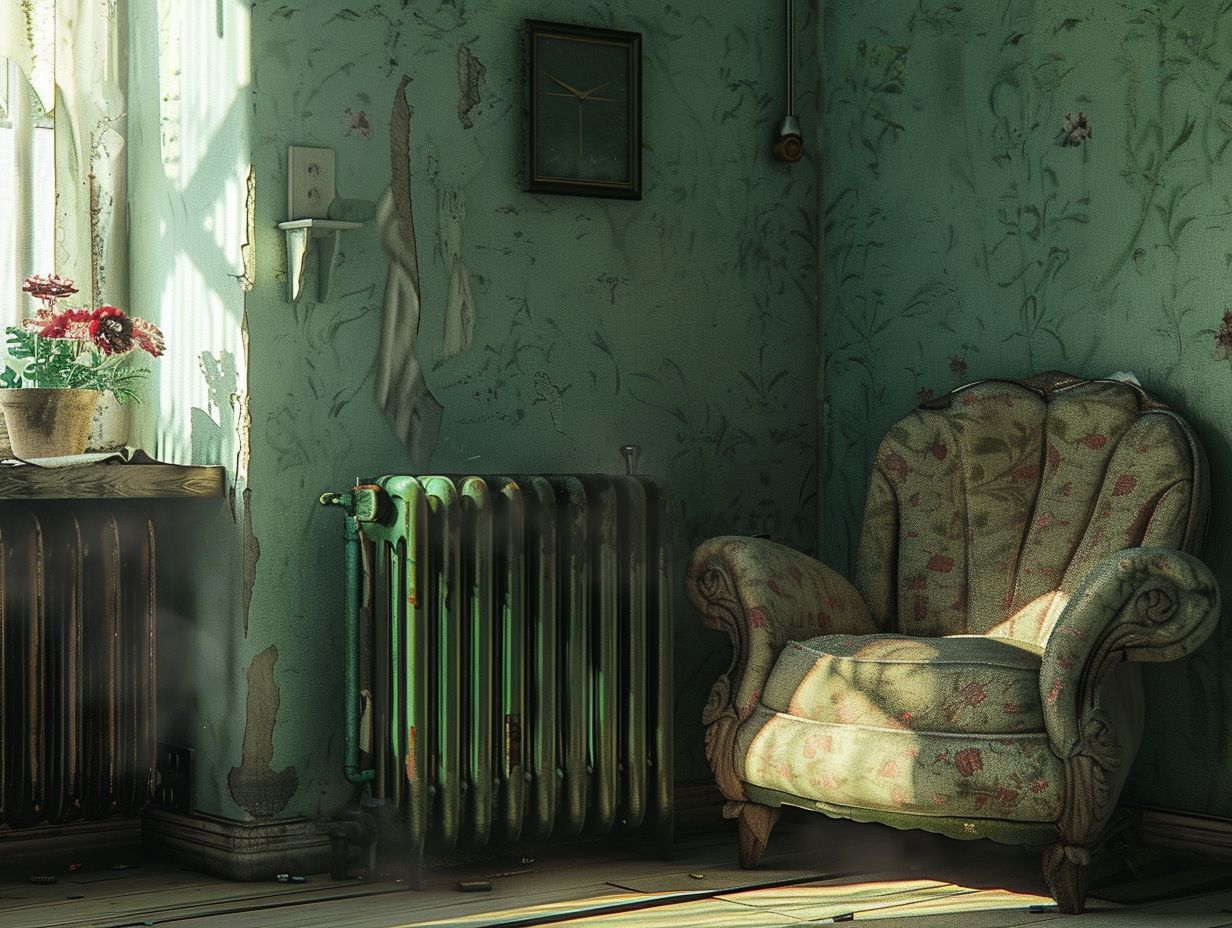
If you turn your living room radiator valve the wrong way, it will either not do anything or it could break the valve. It is important to turn the valve slowly and carefully in the correct direction to avoid any damage.
Do I Need to Turn Off the Boiler When Turning the Living Room Radiator Valve?
No, you do not need to turn off the boiler when turning the living room radiator valve. However, it is recommended to do so if you are adjusting the valve for maintenance or repairs.
Why is My Living Room Radiator Not Heating Up Even After Turning the Valve?
If your living room radiator is not heating up even after turning the valve, it could be due to an airlock in the system, a faulty valve, or a problem with your boiler. It is best to contact a professional for further inspection and repairs.
Can I Replace My Living Room Radiator Valve Myself?
Replacing a living room radiator valve can be a complicated task and it is recommended to hire a professional for proper installation. Attempting to replace it yourself could lead to further damage and costly repairs.

